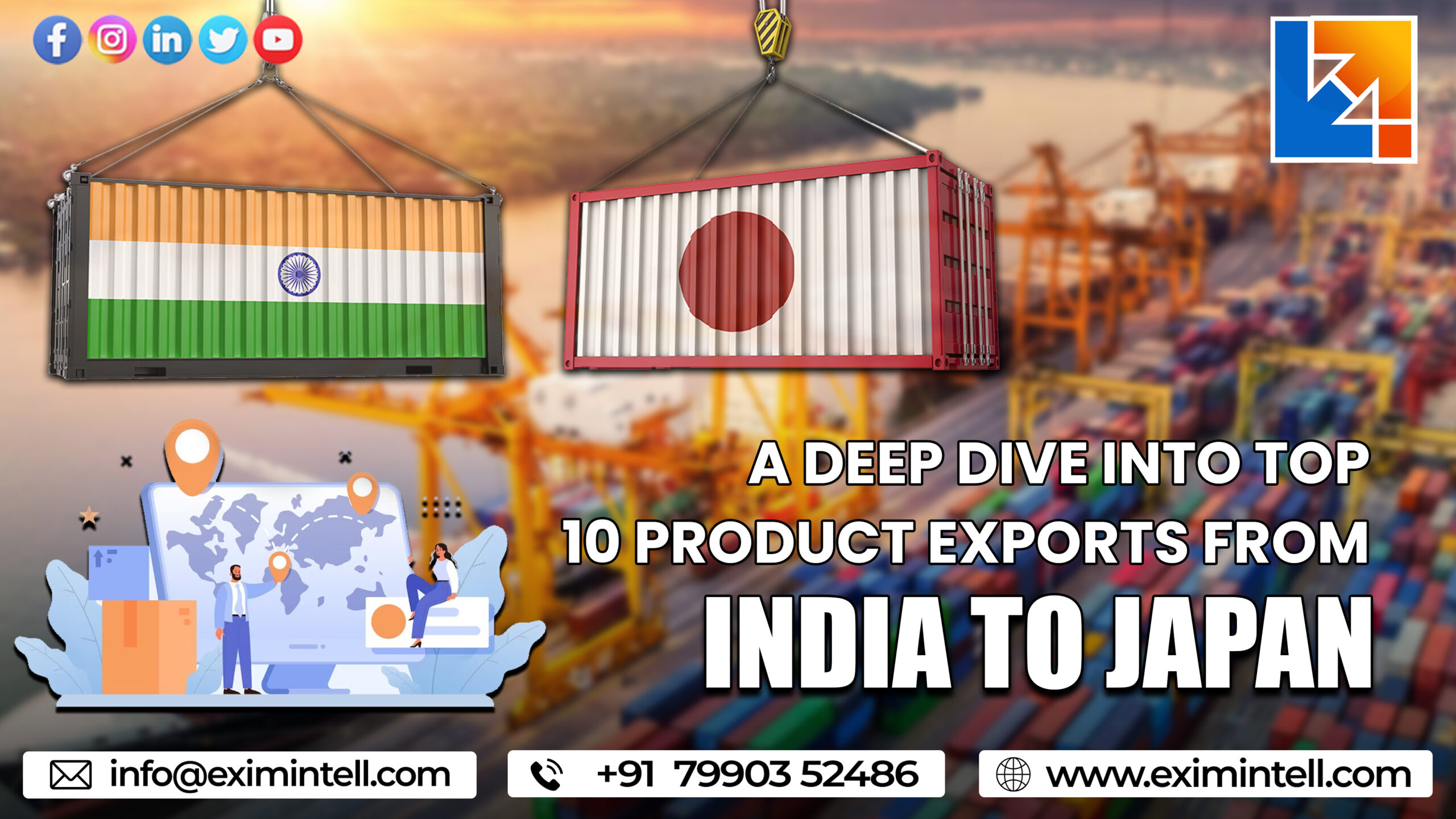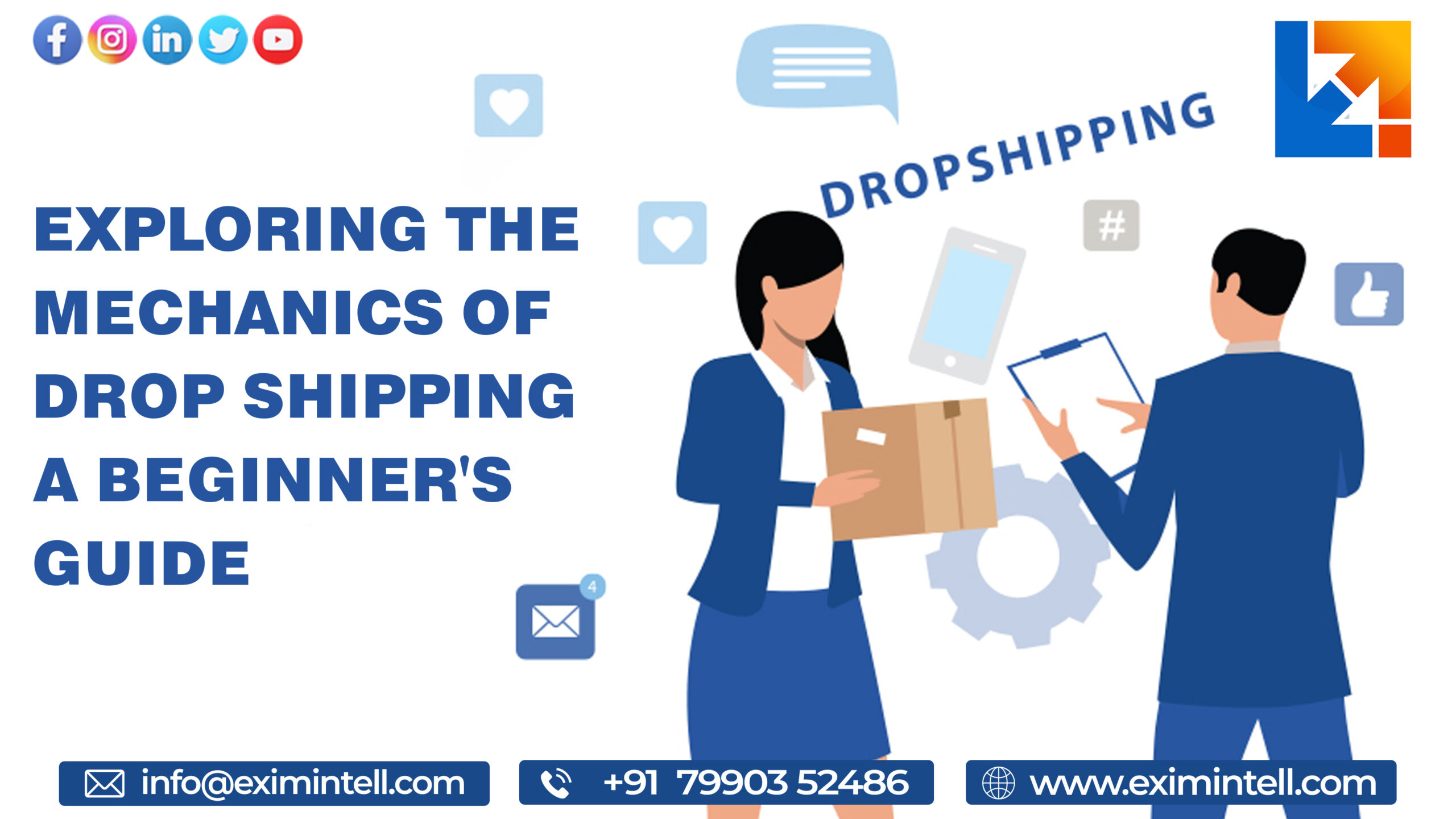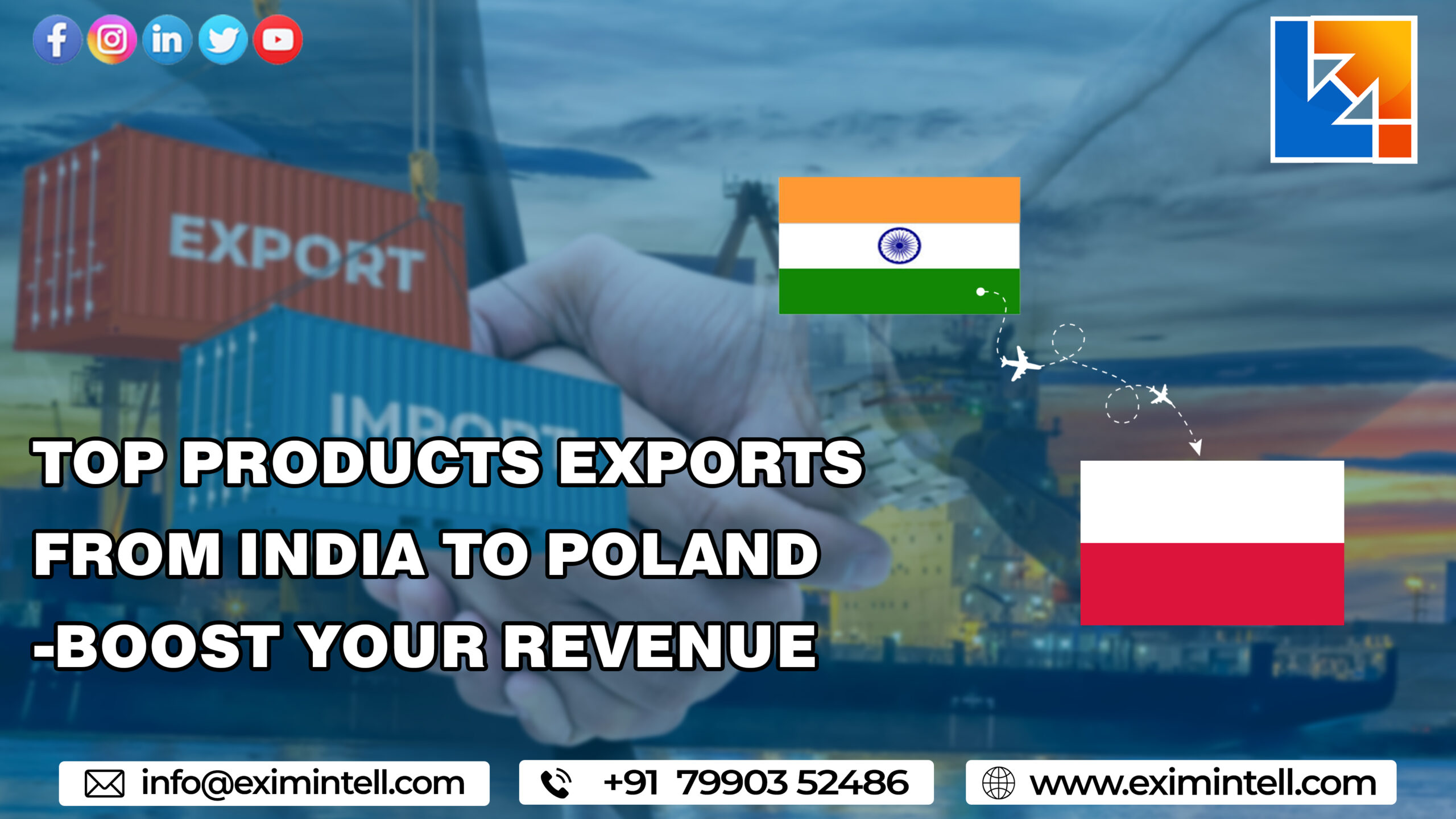Welcome to our blog where we dig deep into the intriguing world of trade agreements! In today’s post, we turn our attention to the SAFTA agreement and explore whether it truly lives up to its promise of being a win-win for the nations belonging to the South Asian Association for Regional Cooperation (SAARC).
As economies become increasingly interconnected, it is essential to evaluate such agreements critically. So fasten your seatbelts and join us on this journey as we unravel the complexities of South Asian Free Trade Area and assess its impact on economic growth, regional integration, and beyond. Are you ready? Let’s dive in!
Introduction to the South Asia Free Trade Area (SAFTA) Agreement
The South Asia Free Trade Area (SAFTA) agreement is a preferential trade agreement among the seven SAARC member states. South Asian Free Trade Areacame into effect on 1 January 2006 and initially provided for the reduction of tariffs on traded goods between the member states to zero by the end of 2012. However, due to serious concerns voiced by some member states about their capacities to do so, the deadline was extended to 2016.
Under South Asian Free Trade Area, trade in services and investments are also liberalized through the protocols on Trade in Services (TIS) and Investment (TIA). These protocols entered into force on 1 July 2015 and 1 August 2015 respectively. The SAFTA Secretariat is based in Islamabad, Pakistan.
The South Asian Free Trade Area agreement seeks to promote free trade and economic growth among its members by eliminating tariffs on traded goods and liberalizing trade in services and investments. It also encourages regional economic cooperation and investment through a range of initiatives, such as the South Asia Free Trade Agreement (SAFTA). It is hoped that increased regional cooperation will benefit all member states economically, as well as strengthen political relationships.
Benefits and drawbacks of SAFTA for SAARC nations
The South Asian Free Trade Area (SAFTA) is a free trade agreement between the member states of the South Asian Association for Regional Cooperation (SAARC). The South Asian Free Trade Area came into force on 1 January 2006 and has been operational since 1 July 2006. The key objective of SAFTA is to promote and expand intra-regional trade within South Asia.
SAARC comprises eight member states: Afghanistan, Bangladesh, Bhutan, India, Maldives, Nepal, Pakistan, and Sri Lanka. All SAARC nations are bound by certain multilateral trade treaties, including the General Agreement on Tariffs and Trade (GATT) and the SAFT Agreement. In addition to these existing agreements, the South Asian Free Trade Area builds upon and reinforces regional cooperation in South Asia.
The key benefits of SAFTA for SAARC nations are as follows:

1. Improved market access: South Asian Free Trade Area provides improved market access for goods and services between member states. This includes lower tariffs and other barriers to trade such as quotas.
2. Greater regional integration: South Asian Free Trade Area bolsters economic integration between SAARC nations. This leads to increased trade and investment flows as well as greater financial stability in the region.
3. Enhanced competitiveness: By reducing tariff and non-tariff barriers to intra-regional trade, South Asian Free Trade Area makes South Asian businesses more competitive in both domestic and international markets.
4. Strengthened economic cooperation: As a result of improved market access and greater regional integration, South Asian Free Trade Area helps to strengthen economic cooperation between SAARC nations.
Despite these clear advantages, there are some drawbacks associated with SAFTA for SAARC member states. These include:
1. High implementation costs: Implementation of South Asian Free Trade Area can be costly for smaller economies, as it requires specialized infrastructure and personnel to ensure compliance with the agreement’s provisions.
2. Lack of enforcement mechanism: There is currently no enforcement mechanism in place to ensure that countries comply with their commitments under the agreement.
3. Limited tariff reduction: While South Asian Free Trade Area enables member states to reduce tariffs on intra-regional trade, most goods still face relatively high tariffs. This limits the potential benefits of greater market access and increased competition in the region.
4. Potential for violation of domestic laws: In some cases, SAFTA’s provisions may conflict with or even violate existing domestic laws and regulations in member states. This could lead to legal and political challenges which may hamper the effective implementation of all aspects of the agreement.
Economic impacts of SAFTA on individual countries
The South Asian Free Trade Agreement (SAFTA) is a preferential trade agreement among the member states of the South Asian Association for Regional Cooperation (SAARC). SAFTA came into force on 1 January 2006 and has been operational since 1 July 2006. The agreement was signed on 6 January 2004 at the 12th SAARC summit in Islamabad, Pakistan.
Under South Asian Free Trade Area, tariffs on goods traded between the member states are to be progressively eliminated. SAFTA requires that tariffs on 75% of tariff lines be reduced to zero by 2016. A sensitive list of items that each member state may allow to be excluded from liberalization is included in Annexure 1 of SAFTA.
SAFTA also covers trade in services and investments and has provisions for cooperation in areas such as agriculture, industries, environment, and health.
The primary objectives of SAFTA are:
– To promote competition in the region
– To encourage a greater flow of investment
– Technology and skill development
– To expand intra-regional trade
– To make the region economically stronger and globally more competitive.
How has SAFTA enhanced the regional economy?
Since the inception of the South Asian Free Trade Agreement (SAFTA) in 2006, trade between the member states of the South Asian Association for Regional Cooperation (SAARC) has increased significantly. South Asian Free Trade Area has enhanced the regional economy by reducing tariffs and other trade barriers, and by providing a forum for regional cooperation on economic issues.
In its first 10 years, SAFTA has helped to increase trade within the region by more than 50%. This increase in trade has benefited all member states, as it has led to increased economic growth and employment opportunities. South Asian Free Trade Area has also helped to reduce poverty within the region by increasing access to essential goods and services.
The success of SAFTA is due in large part to its focus on reducing tariffs and other trade barriers. By eliminating these barriers, South Asian Free Trade Area has made it easier for businesses to operate within the region and has made it more affordable for consumers to purchase goods and services from other member states.
In addition, SAFTA has created a more level playing field for businesses, as small and medium-sized enterprises (SMEs) are now able to compete more effectively with larger businesses.
Another key element of South Asian Free Trade Area’s success is its focus on regional cooperation. The agreement encourages member states to work together on economic issues such as infrastructure development, transportation, energy, tourism, and agriculture. By cooperating on these issues, member states can make progress toward their shared goal of regional economic integration.
What are the possible future implications of SAFTA?
SAARC nations have been working together since the 1980s to foster economic growth and development across the region. The most recent manifestation of this cooperation is the South Asian Free Trade Area (SAFTA) agreement, which came into effect in 2006.
South Asian Free Trade Area seeks to promote economic integration by liberalizing trade in goods and services, and by gradually removing tariff and non-tariff barriers between member states.
The potential implications of South Asian Free Trade Area are significant. If successful, the agreement could lead to increased trade and investment flows and greater economic growth and development across the region.
This would benefit all member states, but especially those with large informal economies, such as Pakistan and Nepal. Additionally, SAFTA could help foster peace and stability in the region by promoting increased economic cooperation.
However, there are also potential risks associated with SAFTA. The agreement could lead to a decline in local production if member states import cheaper goods from each other. This could hurt small businesses and farmers, which form a large part of the workforce in many SAARC countries.
Additionally, South Asian Free Trade Area could exacerbate unequal development patterns within the region if more developed countries such as India benefit disproportionately from increased trade and investment flows.
The potential implications of SAFTA are both positive and negative. It is therefore important for SAARC nations to monitor the effects of the agreement carefully and take measures to mitigate any negative impacts.
Conclusion
As an Export-Import Business Consultant, Exim Intell emphasizes the importance of member nations working together to overcome these obstacles. By enhancing intergovernmental coordination, streamlining trade procedures, and investing in critical infrastructure, SAARC nations can unlock the full potential of SAFTA and strengthen their collective position in the global economy.




















